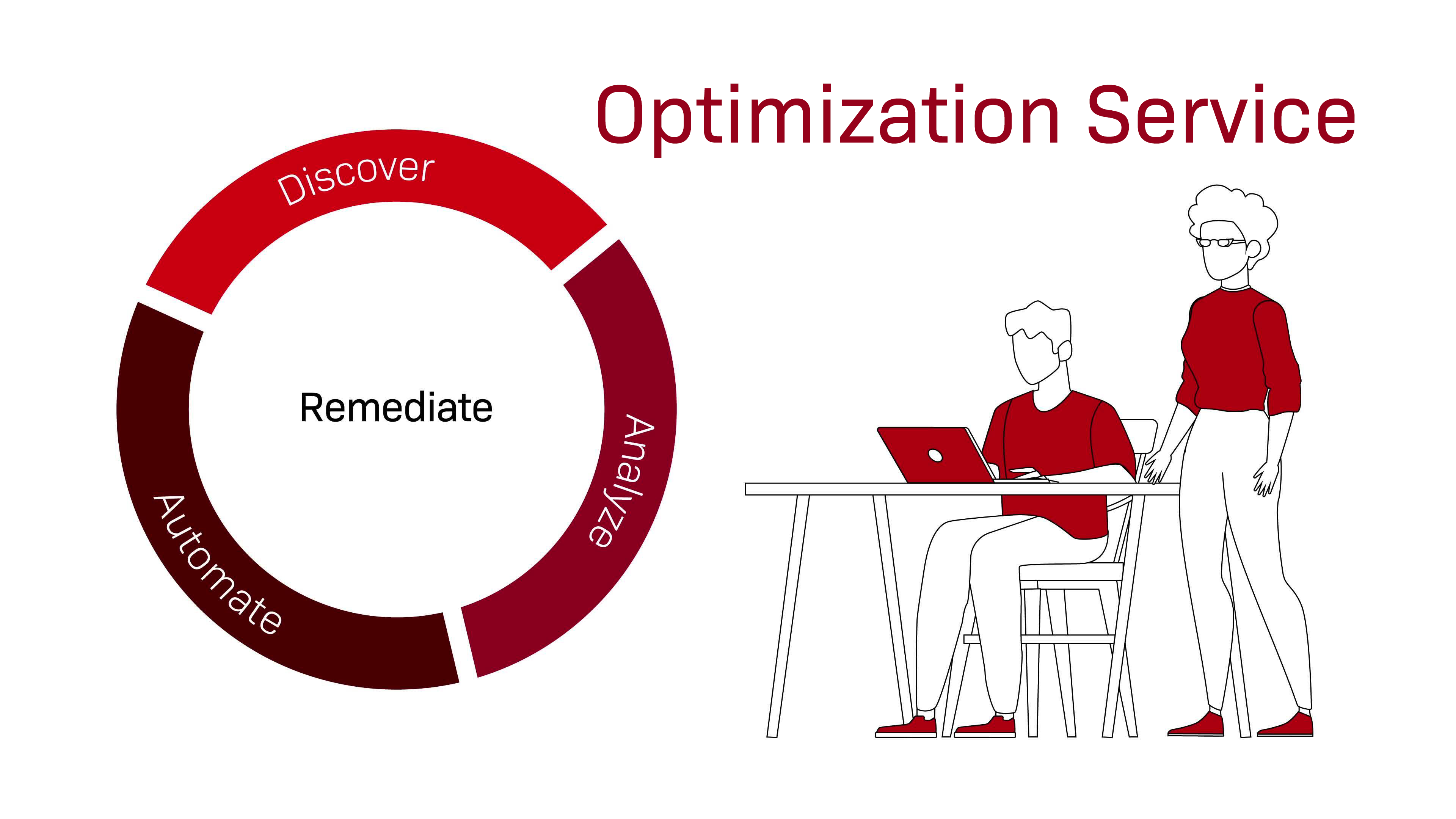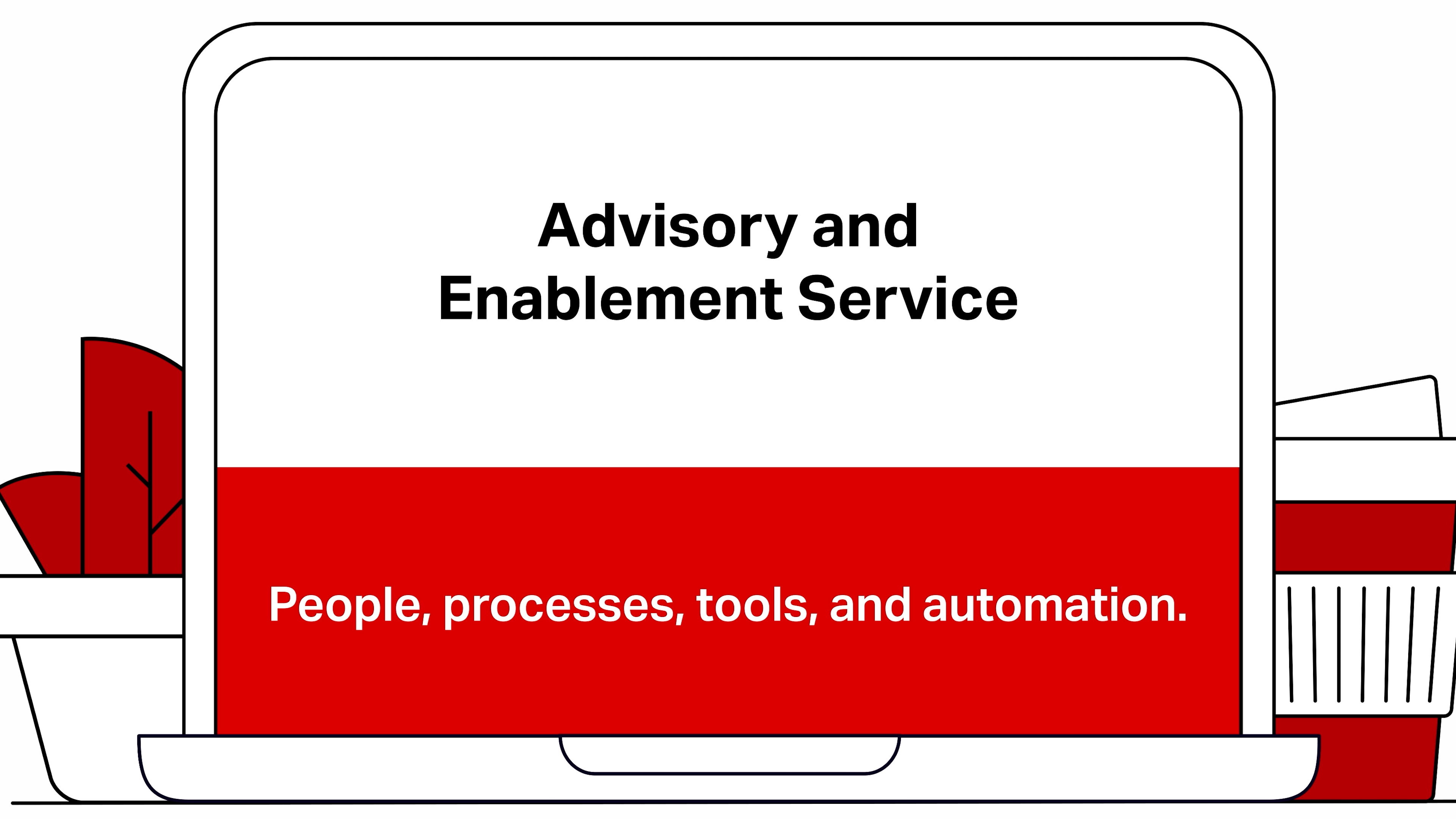Latest
Webinar
Webinar | How to improve the velocity, protection ...
Join us for this webinar, where experts from Ciena and TeleGeography will discuss new market dynamics driving the need to more qu ...
Infobrief
Neutron Interop Coherent ASIC | Ciena
Discover how Neutron Interop ASIC delivers 400G–800G coherent optical transmission with flexible modes, multi-band support, and e ...
Infobrief
Neutron 800ZR Coherent ASIC | Ciena
Discover high-capacity, low-latency metro connectivity built for power efficiency. See how next-gen coherent technology enables s ...

Article
A look back: Ciena’s top milestones of 2025
From 1.6T becoming real to AI reshaping how networks are built and run, here’s a look at the milestones that defined Ciena’s 2025.
Press Release
Ciena Reports Fiscal Fourth Quarter and Year End ...
Ciena Reports Fiscal Fourth Quarter and Year End 2025 Financial Results
Press Release
Play Achieves Poland's First Ultra High-Capacity ...
Deployment sets national record with 1.2 Tb/s across 900km while reducing power consumption by 50%
Press Release
Constl & Ciena Achieve Breakthrough 1 Tbps Tr ...
• Constl becomes India’s first digital infrastructure provider to successfully test and deploy a record-breaking 1 Tbps line rate ...

Article
A well-defended and resilient security operation: ...
When it comes to cybersecurity, the finish line keeps moving. Threats get faster, rules become more complex, and the expectations ...
Press Release
NetBIT, ENI Networks’ Business Unit, Revolutioniz ...
The strategic alliance between ENI Networks, Braxem, and Ciena is implementing one of the first next-generation enterprise networ ...
Data Sheets
MicroClimate Management System
Tibit MCMS boosts efficiency, reduces costs, and accelerates service delivery through an automation-ready, multi-vendor PON manag ...
White Paper
Heavy Reading: Coherent Pluggable Optics Service ...
Explore how global operators use 400G and 800G coherent pluggables for DCI, metro, and long haul in this independent 2025 Heavy R ...
Press Release
Ciena Powers High-Performance Computing for SCine ...
Demonstrates highest 800G pluggable performance with WaveLogic 6 Nano
Press Release
Ciena Announces Reporting Date and Web Broadcast ...
Ciena expects to announce its fiscal fourth quarter and year-end financial results on Thursday, December 11, 2025 before the open ...

Video
Optimization Service
Everything about your network health is in your data. Optimization Service provides the people, processes, and tools to help you ...
Data Sheets
WaveLogic 6 Extreme 2 x 1.6T 8 x QSFP-DD/ QSFP-DD ...
Boost network capacity and efficiency with advanced coherent optics and simplified, automated operations.
White Paper
Zero-trust optical transport: A tiered architectu ...
Unlock uninterrupted metro performance with Microsoft and Ciena. Discover a zero-trust approach to resilient optical transport.

Video
Advisory and Enablement Service
AI-driven traffic is exploding—pushing networks to their limits. Ciena helps you stay ahead with smarter planning, automation, an ...
Press Release
Fidium and Ciena supercharge connectivity in Texa ...
Ciena optical solutions will help power Fidium’s 400G wavelength services for next-gen data centers, carriers, enterprises and hy ...

Video
A day in the life of a Ciena engineer
Behind every great network is a great engineer. On Engineers Day 2025, we take you inside a day in the life of a Ciena engineer. ...

Podcasts
Episode 91: Verizon’s AI strategy to power next-g ...
Victor Moreno joins Nicola Benvenuti and Mark Bieberich to discuss Verizon AI Connect, an integrated suite of solutions and produ ...

Article
Scaling transport networks - The transition to Se ...
While legacy transport technologies such as MPLS-TP, RSVP-TE, and LDP have served well in the past, it is Segment Routing that is ...

Video
Ciena Customer Insights featuring Telesat
Telesat’s Director of Network Engineering discusses the role integrated satellite-terrestrial networks play in bridging the digit ...
Press Release
PLDT Strengthens Domestic Backhaul Network with C ...
WaveLogic technology drives high-capacity, low-latency connectivity from cable landing station to PLDT’s national backbone network




